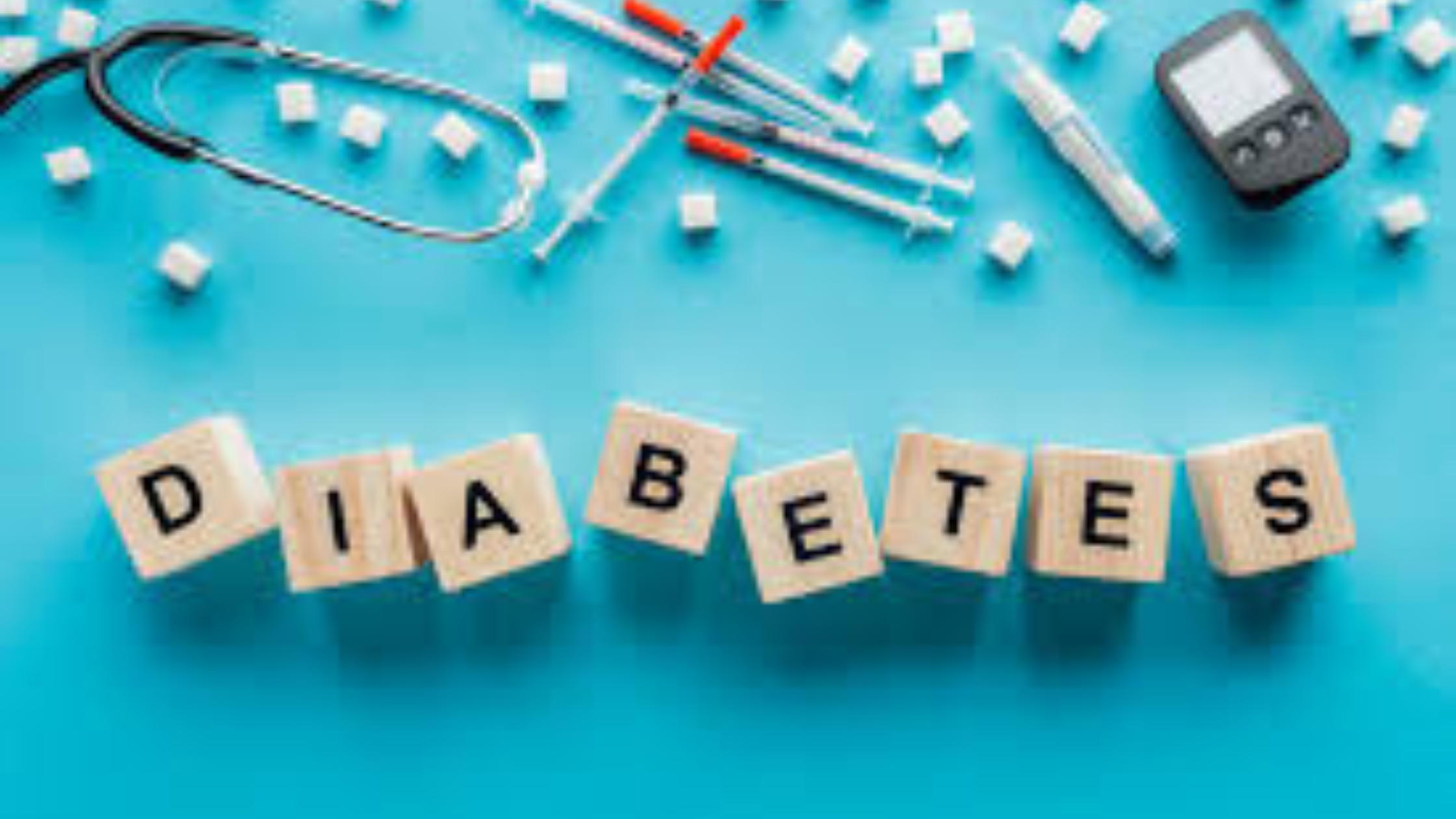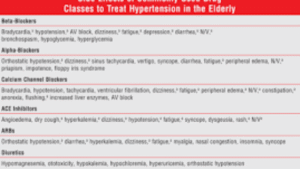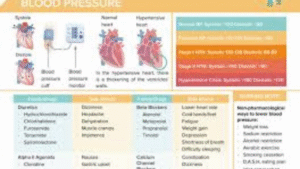Ever Heard of Gabapentin? Let’s Clear the Confusion
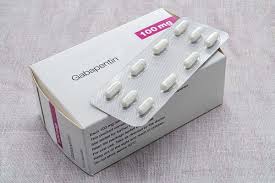
You know what? It’s amazing how many people leave the pharmacy with a bottle of gabapentin and only a vague idea of what it’s supposed to do. Maybe you’ve been there—reading the label, taking the pill, but still wondering, “Gabapentin is for what exactly?”
Honestly, that’s a fair question. Medical names don’t explain much. And the answers you get can change depending on who you ask. Some say it’s for seizures, others for nerve pain, and others for restless legs.
Here’s the thing: drug gabapentin was originally designed in the 1990s as an epilepsy treatment. But doctors quickly discovered it did more—helping patients with nerve pain, shingles, and other nerve-related issues. That’s why today, the list of gabapentin uses is broader than you might expect.
(For more patient-friendly medication resources, check out the library at www.evaluatemymeds.com.)
Gabapentin as the Traffic Cop of the Nervous System

Let me explain with an image. Imagine your nervous system as a busy city street. Cars represent nerve signals. Most of the time, traffic flows fine. But when the signals get chaotic—too many cars, too fast—you end up with accidents. In your body, those “accidents” show up as seizures, nerve pain, or restless leg syndrome.
That’s where gabapentin steps in. Picture it like a traffic officer, slowing cars at the intersection, directing the flow, and preventing pile-ups. It doesn’t remove traffic entirely, but it keeps things orderly.
That’s why when people ask “Gabapentin what does it do?”, the answer depends. For one person, it’s stopping seizures. For another, it’s easing the stabbing pain left behind by shingles. Same medicine, different role.
Gabapentin Drug Classification: More Than Just a Label
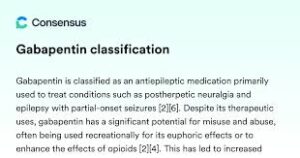
When you look up “gabapentin drug classification,” you’ll see the word anticonvulsant. Sounds clinical, right? All it means is that the drug helps control abnormal brain activity. That was its original purpose—stop seizures before they spiral.
But here’s a little twist worth noting. Just because something is filed under one label doesn’t mean that’s its only job. Take baking soda—it’s sold as a baking ingredient, but people use it for cleaning, deodorizing, even brushing their teeth. Same with gabapentin: its classification says anticonvulsant, but its uses stretch way beyond that.
And this matters for patients because of what it isn’t. Drug gabapentin isn’t an opioid. It isn’t a benzodiazepine. It doesn’t sit in the same category as heavily controlled substances that cause fear and stigma. Honestly, that simple fact often gives people peace of mind.
Gabapentin Uses: The Official and the Everyday
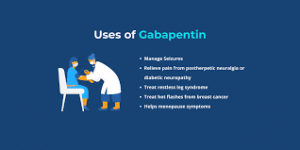
So, “Gabapentin is for what conditions?”
The FDA-approved list includes:
-
Seizures (especially partial seizures)
-
Nerve pain after shingles (postherpetic neuralgia)
-
Restless leg syndrome
But in real-life practice, doctors also prescribe it “off-label” for:
-
Diabetic neuropathy
-
Fibromyalgia
-
Certain types of anxiety
-
Hot flashes in cancer patients
And patients describe it in everyday terms. Someone with nerve pain might say, “It’s like the volume on my pain got turned down.” Someone with restless legs might say, “It finally quieted the crawling feeling that kept me awake.”
(For more stories about how patients handle complex prescriptions, see the medication safety blog section at www.evaluatemymeds.com.)
Dosages Explained: Gabapentin 100mg vs. Gabapentin 300mg
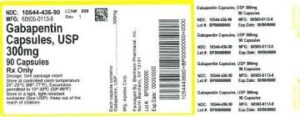
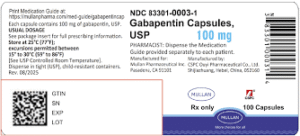
Here’s where people often get tripped up—the numbers. Why does your bottle say gabapentin 100mg while your neighbor’s says gabapentin 300mg?
Honestly, it’s not a competition. It’s about starting points and comfort levels. Gabapentin 100mg is often the “test run.” Doctors prescribe it to ease your body into the medication. Think of it like starting your car in first gear before moving to third. It’s gentle, less overwhelming, and safer for sensitive systems.
Then there’s gabapentin 300mg. This is more of a standard working dose, especially for nerve pain or seizures. Patients often find relief here, though some need more depending on their condition and tolerance.
Here’s the thing: medicine isn’t one-size-fits-all. It’s not like buying a pair of socks. It’s more like tailoring a suit—it needs to fit your exact body and situation. That’s why two patients can have the same condition and still walk away with different doses.
Side Effects: The Expected, the Surprising, and the Serious
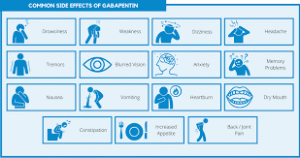
Let’s be real—no drug comes without side effects, and gabapentin is no exception.
The common ones are mild but annoying: dizziness, drowsiness, blurred vision, fatigue. Most patients notice these fade after a couple of weeks as the body adjusts, sort of like getting used to new glasses or breaking in new shoes.
But let’s not sugarcoat it—there are more serious possibilities, too. Mood swings. Depression. Suicidal thoughts in rare cases. Trouble breathing, especially when combined with alcohol or opioids. These aren’t common, but they’re worth paying attention to.
And it makes sense, right? Because gabapentin drug classification is anticonvulsant, it’s targeting brain and nerve activity. So when things go sideways, the brain and nerves are usually the first to show it.
My advice? Keep an eye on how you feel. Write it down if you need to. Don’t brush off changes just because you think they’re small. Little things can be clues to bigger things.
Herb Medication Interactions: The Overlooked Risk
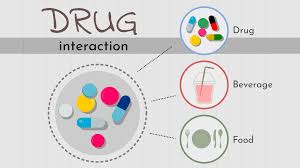
You know what? People often assume herbs are safe just because they’re “natural.” But that’s not always true. Herb medication interactions with gabapentin can be sneaky.
-
Valerian or kava: increase drowsiness.
-
St. John’s Wort: interferes with how your body processes medications.
-
Chamomile (in high amounts): adds more sedation on top of drug gabapentin.
It’s like seasoning a stew. A pinch of spice adds flavor, but too much and you ruin the dish. Herbs and prescriptions work the same way.
Why Use a Herb Drug Interaction Checker?
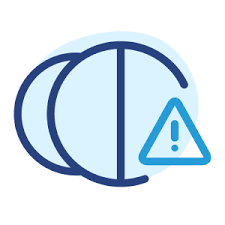
Guessing isn’t safe. That’s why tools like a herb drug interaction checker are so valuable. You can use one for free on Drugs.com or Medscape. Or better yet, try the dedicated checker at www.evaluatemymeds.com to see if your herb + prescription combo is safe.
Imagine this: you want to try valerian tea to help you sleep. You type it in with gabapentin 300mg, and the checker warns you about grogginess. That quick check saves you from dragging through your day like a zombie.
Of course, checkers are just tools. They’re the flashlight, not the full map. For real guidance, always confirm with your doctor.
Tips for Living Well on Gabapentin

Managing drug gabapentin isn’t just about swallowing a pill—it’s about weaving it into your life. A few ideas:
-
Keep a journal. Write down when you take it, how you feel, any side effects. Patterns show up faster on paper than in memory.
-
Stay consistent. Whether it’s gabapentin 100mg or gabapentin 300mg, take it at the same time every day.
-
Use a herb drug interaction checker before starting new supplements. Five minutes of prevention beats weeks of regret.
-
Communicate openly. Ask your doctor, “Gabapentin is for what benefit in my care plan right now?” That question alone can spark better conversations.
Wrapping It Up: Confidence Through Knowledge
So—“Gabapentin is for what?” It’s for seizures, nerve pain, restless legs, and sometimes even more. Its drug classification says anticonvulsant, but real-world gabapentin uses prove it’s more versatile.
The keys to confidence?
-
Understand the difference between gabapentin 100mg and gabapentin 300mg.
-
Watch out for side effects.
-
Respect herb medication interactions.
-
And yes, bookmark a herb drug interaction checker like the one on www.evaluatemymeds.com.
Honestly? That’s what most patients want anyway—to know their medication is safe, effective, and working as intended. And that’s exactly what we focus on at www.evaluatemymeds.com: helping you take control of your health, one prescription at a time.
FAQs Patients Actually Ask
Gabapentin what does it do in the body?
It calms overactive nerve signals, preventing seizures and easing nerve pain.
Is drug gabapentin addictive?
Not like opioids. Misuse happens, but it doesn’t hijack the brain in the same way.
What’s the difference between gabapentin 100mg and gabapentin 300mg?
It’s dosage strength. 100mg is usually the start, 300mg is the standard maintenance dose.
Can I drink alcohol with gabapentin?
Not recommended. Both depress your nervous system and can cause breathing problems.
Is gabapentin safe for long-term use?
Yes, but regular check-ins with your provider are essential.
External Link Suggestions:
Internal Link Suggestions:
-
Herb Drug Interaction Checker → https://evaluatemymeds.com/
-
Medication Safety Blog Section → https://evaluatemymeds.com/index.php/blog/
-
Medical Terms Made Easy → https://evaluatemymeds.com/index.php/glossary-simple-medical-terms/\
-
Contact Page → https://evaluatemymeds.com/index.php/contact/


